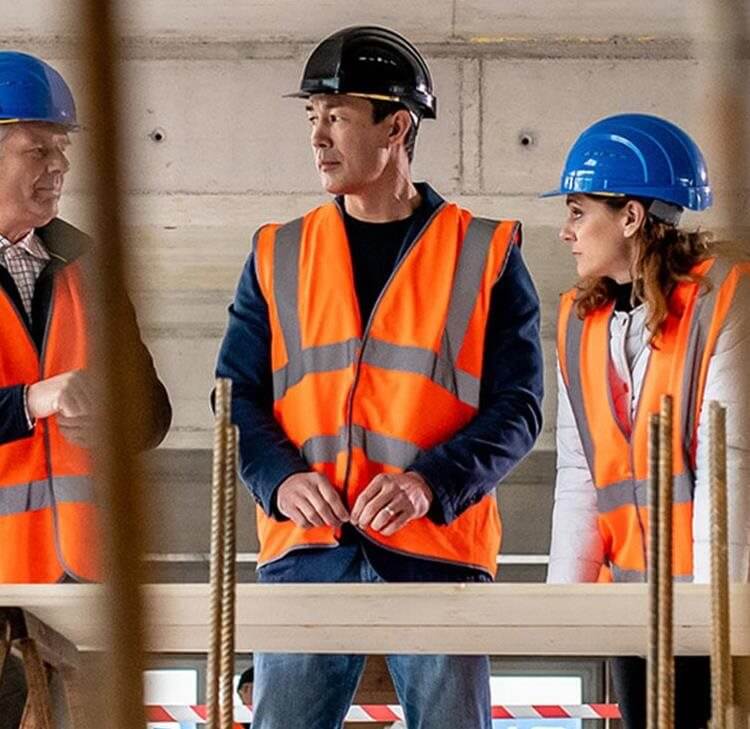Part 2 of the Landlord and Tenant Act 1954 provides security of tenure for business tenants. As long as a tenant is occupying property for its business purposes, its lease will automatically continue at the end of its contractual term unless and until either the landlord or the tenant take steps to bring it to an end. The tenant then has a statutory right to renew the lease at a market rent unless the landlord can prove a statutory ground for opposing renewal.
This security of tenure regime was brought in in response to the shortage of commercial properties after the Second World War and has not been significantly updated for 20 years (a period which has seen a dramatic increase in online sales and services, a financial crisis, a global pandemic and an increased focus on the environmental sustainability of commercial properties). As a result, last year, the government asked the Law Commission to conduct a wide-ranging review of the 1954 Act with a view to modernising commercial leasehold legislation.
The Law Commission has now published its initial consultation. It seeks views at a fundamental level on four possible models of security of tenure. These are:
- no security of tenure (i.e. abolish the 1954 Act completely);
- a contracting-in regime (i.e. the default position is no security of tenure, but the parties can opt in);
- the current contracting-out regime (i.e. the default position is security of tenure, but the parties can opt out);
- mandatory security of tenure (i.e. no contracting-out is allowed).
At present, certain tenancies are automatically excluded from the 1954 Act (e.g. mining and agricultural tenancies and, with some exceptions, tenancies granted for six months or less). The consultation also seeks views on whether there should be any changes to the scope of the 1954 Act (if security of tenure is to remain). In other words, whether certain tenancies should be excluded from the 1954 Act based on (for example):
- the use of the property;
- the duration of the tenancy;
- the existence of another regime performing a similar protective function; or
- other characteristics of the tenancy or the property (e.g. floor space, location or rent).
Clearly any ultimate outcome (other than retaining the existing contracting-out regime) will have a significant impact both on the commercial leasehold market and on landlord and tenants and their professional advisors. However, significant changes are unlikely to take effect any time soon. This initial consultation runs for three months. Once the Law Commission has considered the responses, it will publish a second consultation paper considering in detail how the recommended model and any change in scope should work. Only after considering responses to that second paper will the Law Commission be able to make its final recommendations to the government (and even then there is no guarantee that the government will act promptly on those recommendations).
Key contact

David Harris
Professional Development Lawyer
david.harris@brownejacobson.com
+44 (0)115 934 2019









































